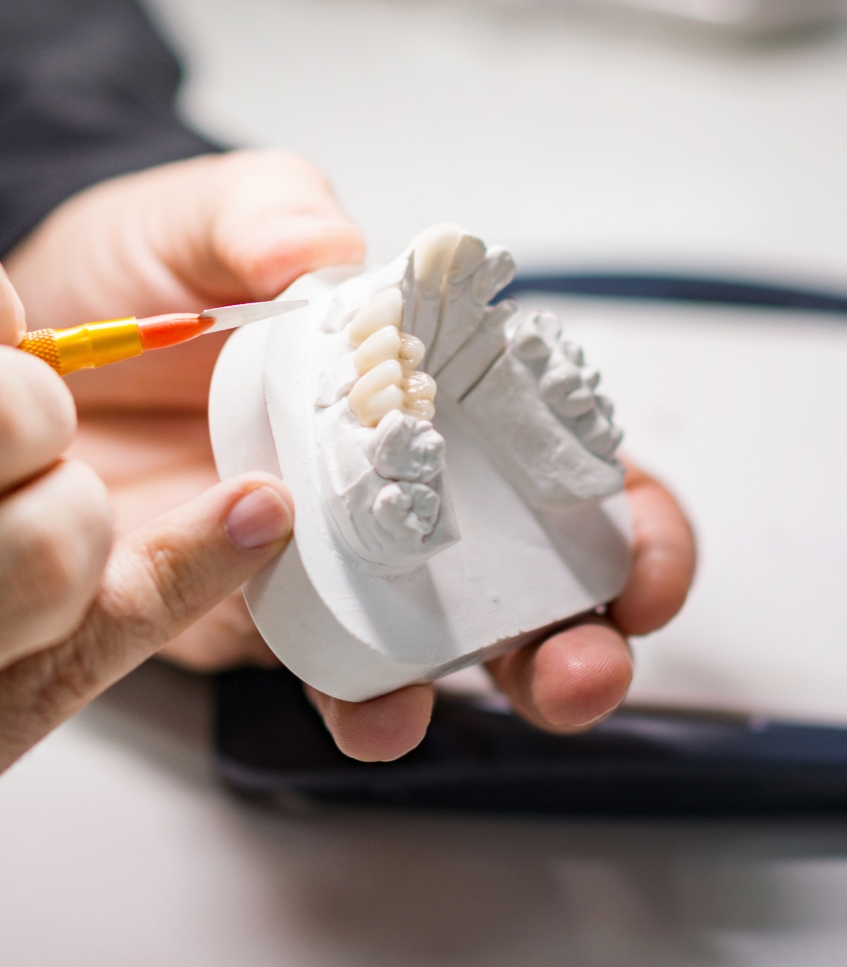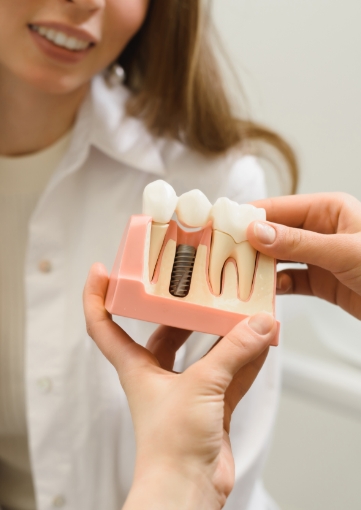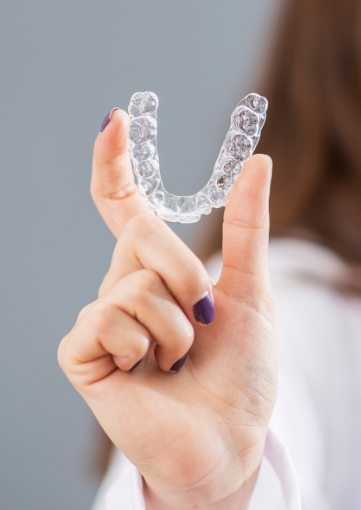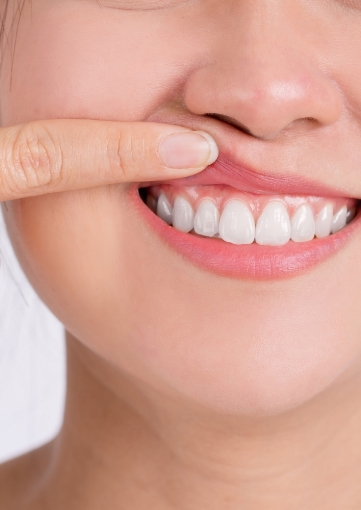Porcelain Crowns
Porcelain crowns are used to enhance the appearance and function of damaged or weakened teeth. They offer a natural look, strength, and durability, making them suitable for front teeth and visible areas. Their biocompatibility and minimally invasive design help preserve tooth structure, while their resistance to staining and longevity make them a reliable choice.
In the past, porcelain crowns were built on a metal core to ensure there was enough strength to withstand bite force. However, this resulted in a dark blue or black line being visible on the gum line. Today, it is now possible to make crowns entirely out of porcelain which ensures high-strength crowns maintain their translucency which makes them hard to tell from natural teeth.
Without metal, the problem of the dark line at the edge of the gum is eliminated. This allows us to place the edge of the crown above the gum line which makes it easier to clean and keep healthy.
At Orchard Scotts Dental, you can leave with a new complete porcelain crown in just a single day!
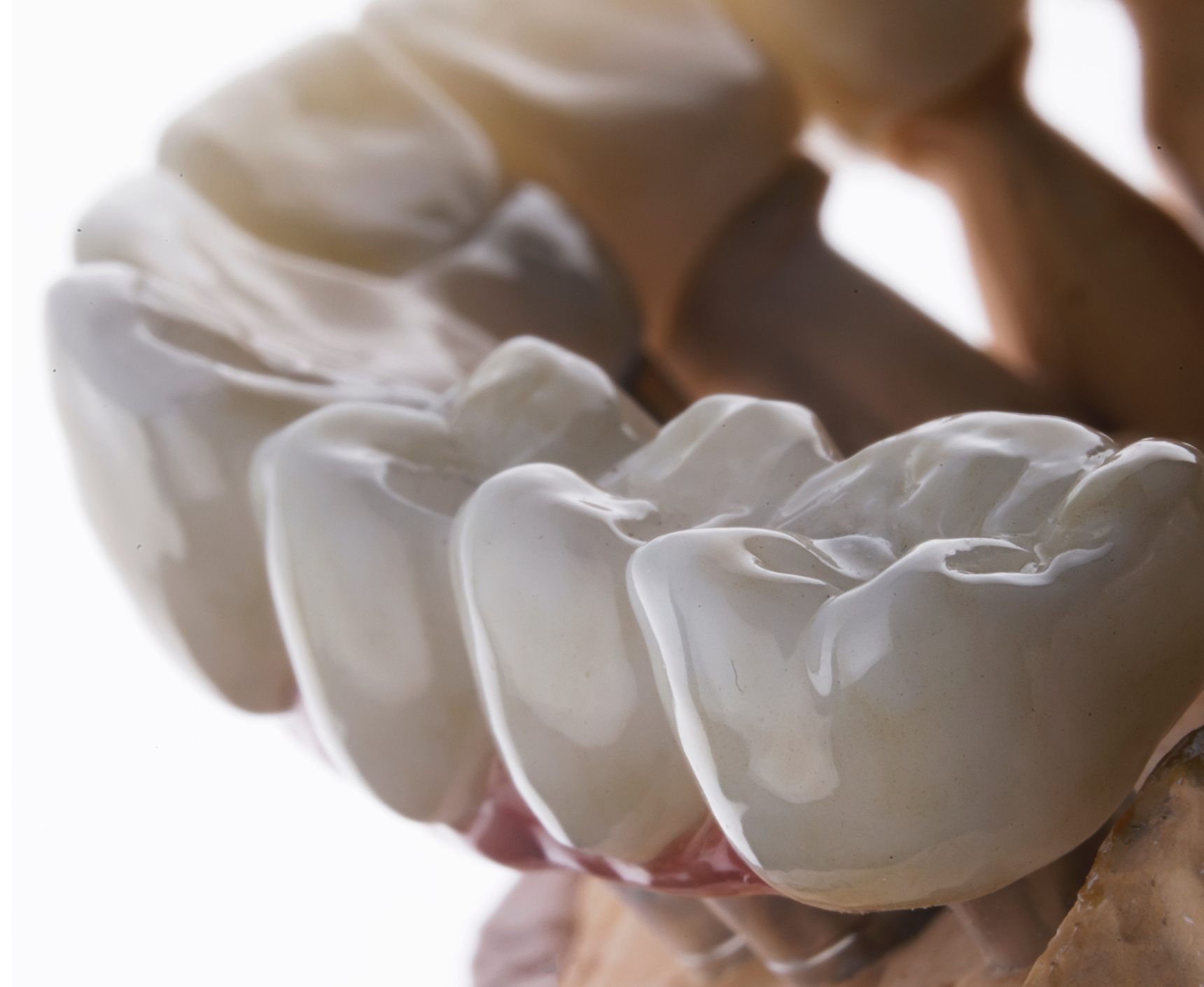
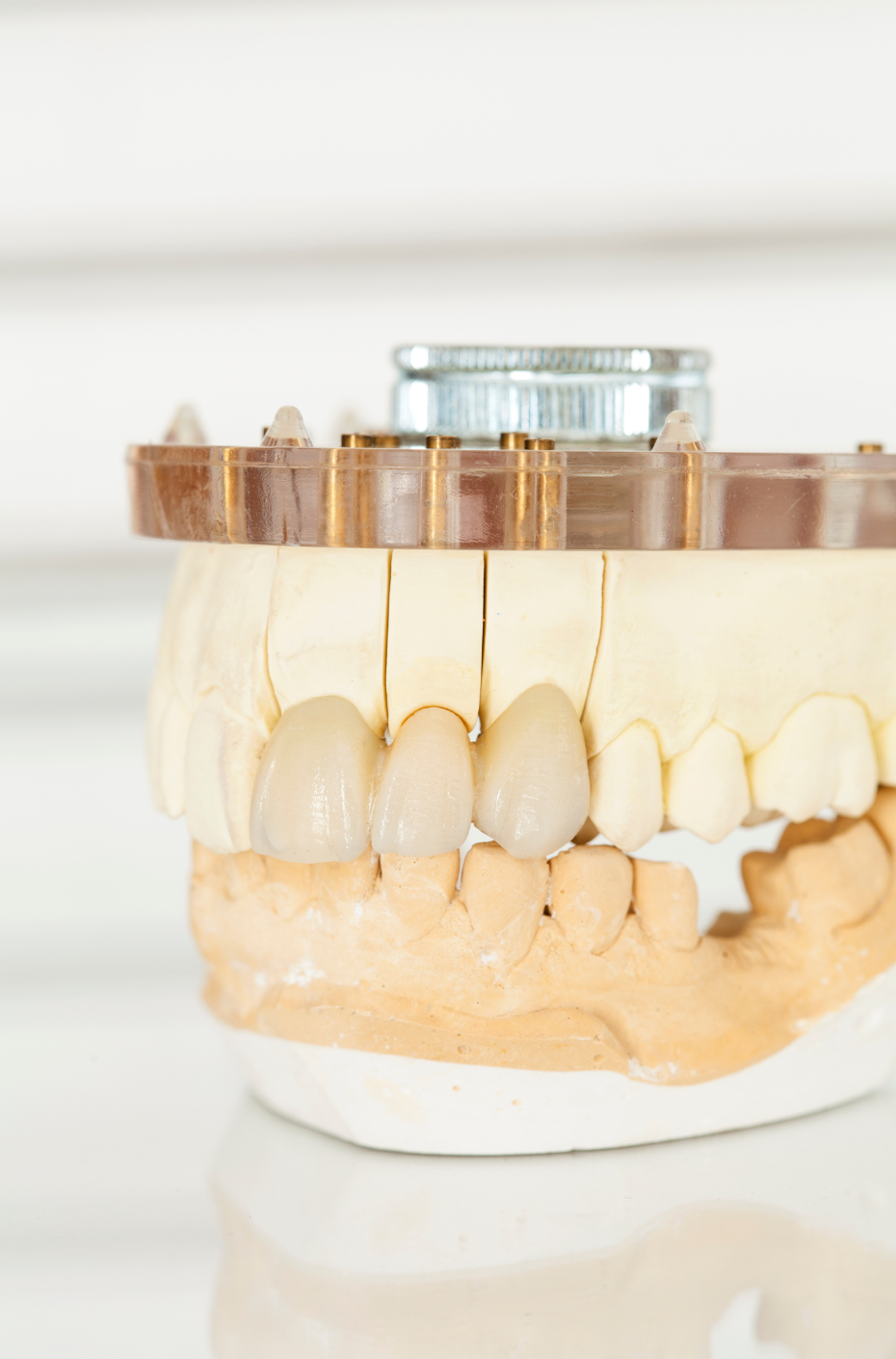
Why Do Someone Need A Dental Crown
- Tooth decay: When a tooth has a significant amount of decay that cannot be effectively repaired with a dental filling, a crown may be recommended to restore the tooth’s shape, strength, and function.
- Tooth fracture: A tooth that is cracked or fractured may require a dental crown to hold the pieces together and prevent further damage. Crowns can also be used to repair teeth that have undergone root canal therapy, which can make the tooth more brittle and prone to fractures.
- Large fillings: Teeth with large fillings may be at risk of breaking or weakening over time. Placing a crown over such a tooth can help provide additional support and protection.
- Tooth wear: Teeth that have been worn down due to factors such as teeth grinding (bruxism) may benefit from crowns to restore their natural shape and function.
- Root canal treatment: After a root canal procedure, a crown is often placed on the treated tooth to seal and protect it from further damage and to restore its strength and function.
- Dental bridges: Dental crowns are used to support a dental bridge, which is a prosthetic device used to replace one or more missing teeth. The crowns are placed on the teeth adjacent to the gap, and they anchor the bridge in place.
- Dental implants: Crowns are also used in conjunction with dental implants to replace missing teeth. The implant serves as an artificial tooth root, and a crown is placed on top to provide a natural-looking and functional replacement tooth.
You May Also Like
